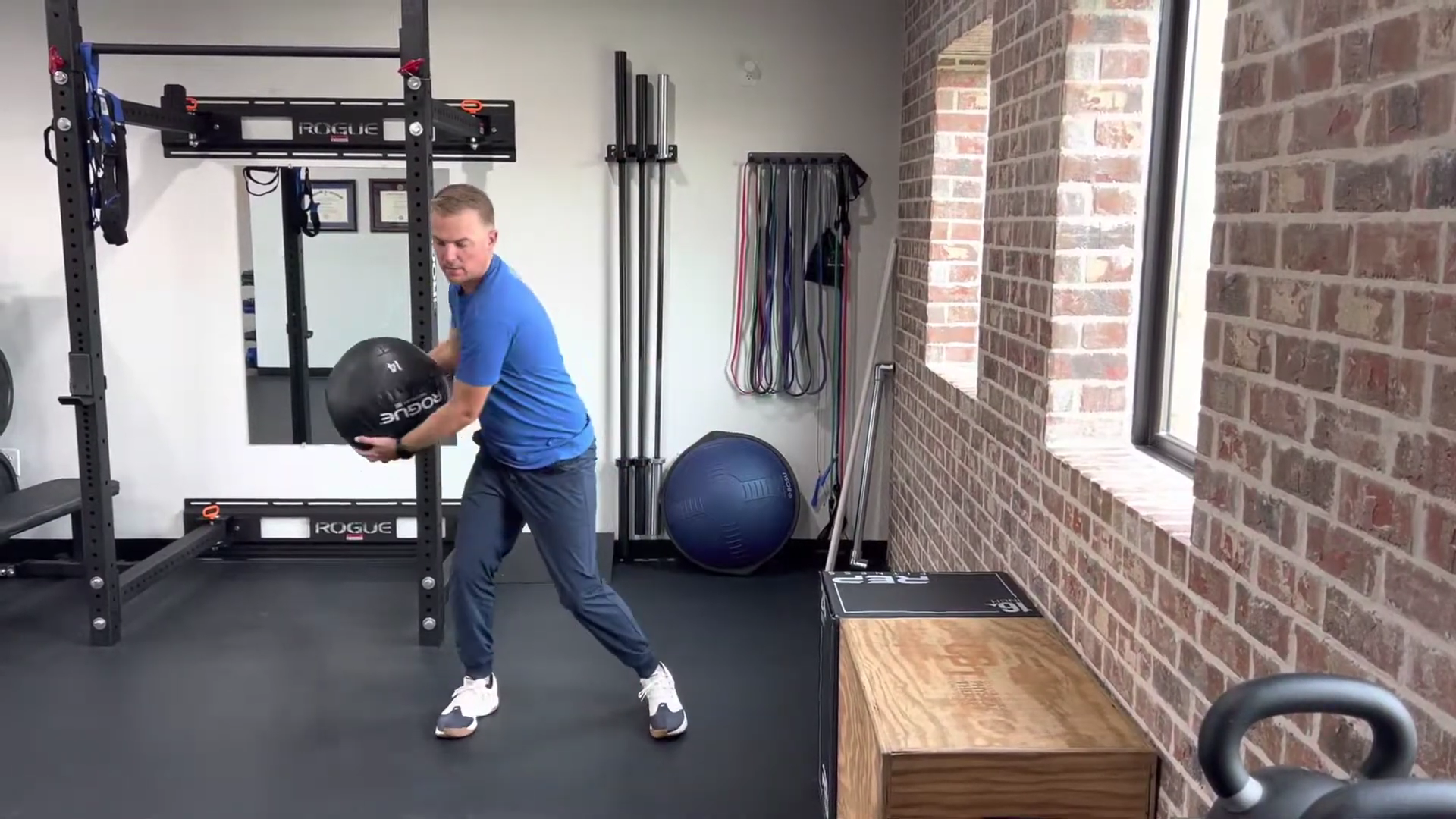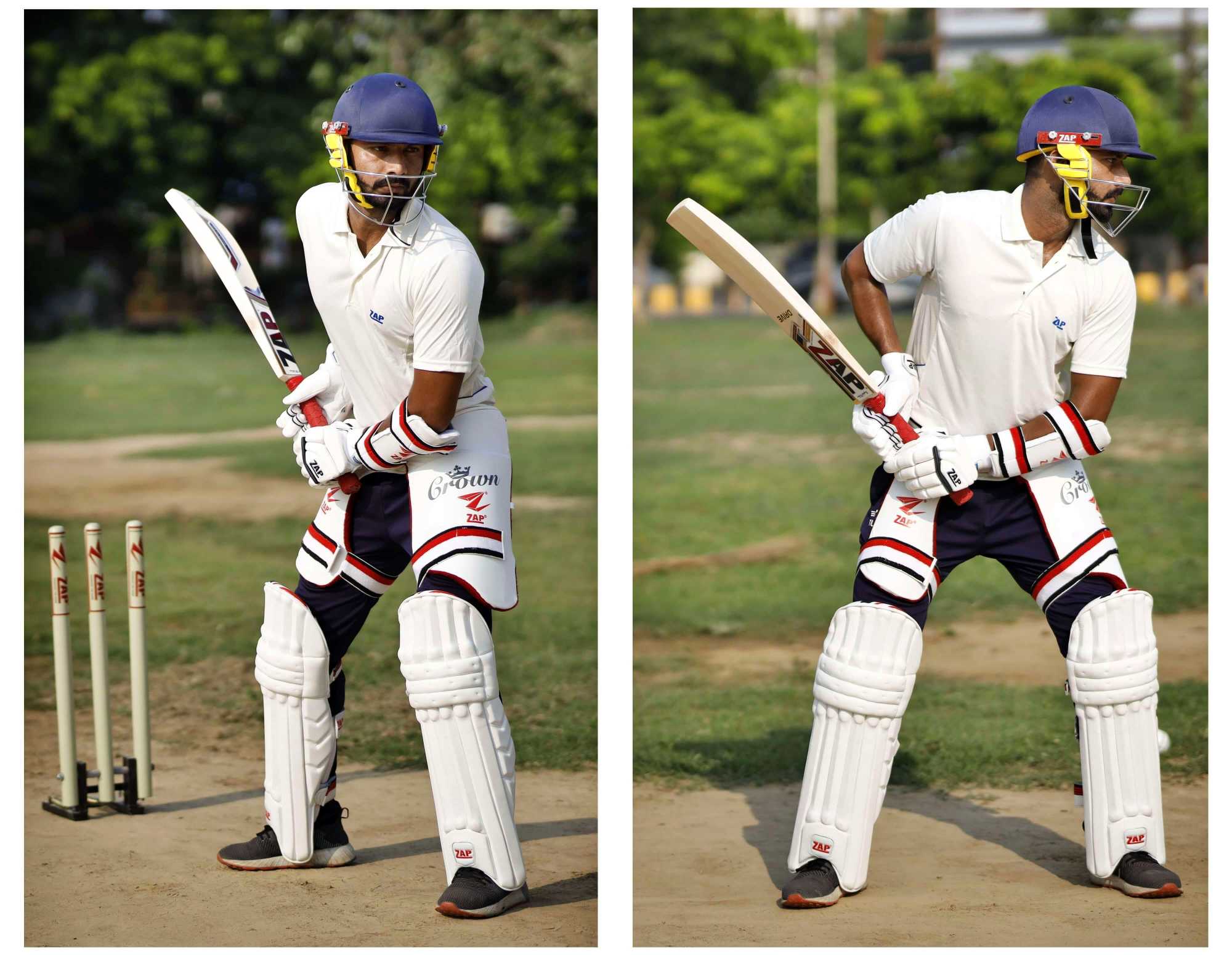
Rugby Injury Prevention: A Comprehensive Guide to Exercise and Conditioning
Rugby, a physically demanding sport characterized by high-impact collisions and explosive movements, carries a significant risk of injury. However, a proactive approach to injury prevention through targeted exercises and conditioning can dramatically reduce the likelihood of setbacks. This article explores a comprehensive program focusing on strength, power, agility, flexibility, and conditioning to minimize rugby-related injuries.
Understanding Rugby Injury Patterns:
Before delving into specific exercises, understanding the common injury patterns in rugby is crucial. Injuries frequently occur in the:
- Lower Limb: Knee injuries (ACL, MCL, meniscus tears), hamstring strains, ankle sprains, calf strains, and foot injuries are prevalent due to tackling, scrummaging, and sprinting.
- Upper Limb: Shoulder dislocations and rotator cuff injuries are common due to tackling and rucking. Wrist and hand injuries also occur.
- Head and Neck: Concussions are a significant concern, alongside neck sprains and cervical injuries.
- Trunk: Back injuries (sprains, strains) and abdominal muscle strains can result from impact and twisting movements.
A Multifaceted Approach to Injury Prevention:
Effective injury prevention in rugby requires a holistic approach encompassing several key areas:
1. Strength and Conditioning:
Building a strong and resilient body is paramount. This involves focusing on:
-
Lower Body Strength: Squats (front, back, goblet), deadlifts (conventional, sumo, Romanian), lunges (forward, reverse, lateral), and leg press are essential for strengthening the legs, glutes, and core – crucial for tackling and scrummaging. Variations like Bulgarian split squats and single-leg deadlifts improve balance and unilateral strength. Plyometrics, such as box jumps and depth jumps, develop explosive power.
-
Upper Body Strength: Bench press, overhead press, rows (barbell, dumbbell, cable), pull-ups, and dips strengthen the shoulders, chest, and back, improving tackling and rucking performance. Exercises emphasizing shoulder stability, such as external and internal rotations, are particularly important for injury prevention.
-
Core Strength: A strong core is vital for stability and power transfer. Plank variations (forearm, side, plank jacks), Russian twists, medicine ball slams, and anti-rotation presses are highly effective. Exercises that engage the deep core muscles, like dead bugs and bird dogs, are also crucial for maintaining spinal stability.
2. Agility and Speed Training:
Rugby requires quick changes of direction and explosive acceleration. Agility drills improve responsiveness and reduce the risk of muscle strains:
- Cone Drills: Setting up cones in various patterns and performing shuttle runs enhances agility and footwork.
- Ladder Drills: Using agility ladders improves foot speed and coordination.
- Side Shuffles and Cariocas: These lateral movements strengthen hip abductors and adductors, improving stability and reducing the risk of knee injuries.
- Sprint Training: Short sprints with adequate rest periods improve acceleration and top-end speed, while reducing the risk of hamstring injuries.
3. Flexibility and Mobility:
Improving flexibility and mobility reduces muscle tightness and increases joint range of motion, mitigating the risk of strains and tears:
- Dynamic Stretching: Dynamic stretches like arm circles, leg swings, and torso twists improve range of motion and prepare muscles for activity. These should be performed before training.
- Static Stretching: Static stretches, such as hamstring stretches, quad stretches, and hip flexor stretches, should be performed after training to improve flexibility and reduce muscle soreness.
- Yoga and Pilates: These practices enhance flexibility, balance, and core strength, contributing to overall injury prevention.
- Myofascial Release: Using foam rollers or massage guns can help release muscle tension and improve mobility.
4. Plyometrics:
Plyometrics focus on explosive movements, crucial for rugby’s dynamic nature. However, proper technique is paramount to avoid injury:
- Box Jumps: Develop explosive leg power but should be performed with correct landing technique.
- Depth Jumps: Enhance power and reaction time, requiring careful control.
- Lateral Bounds: Improve lateral movement speed and power.
5. Conditioning and Endurance:
Rugby demands high levels of cardiovascular fitness and endurance:
- Interval Training: Alternating high-intensity bursts with periods of rest enhances both aerobic and anaerobic capacity.
- Fartlek Training: This involves varying the intensity of running, simulating game-like scenarios.
- Long Slow Distance Running: Improves cardiovascular endurance and reduces injury risk by increasing muscle tolerance.
6. Proper Technique and Skill Development:
Correct tackling, rucking, and scrummaging techniques are crucial for injury prevention. Regular coaching and practice are vital to develop and refine these skills.
7. Nutritional Considerations:
Proper nutrition supports muscle recovery and injury prevention:
- Protein Intake: Adequate protein intake is essential for muscle repair and growth.
- Hydration: Maintaining adequate hydration is crucial for optimal performance and recovery.
- Carbohydrate Intake: Sufficient carbohydrates provide energy for training and competition.
8. Recovery and Regeneration:
Adequate recovery is vital for preventing overuse injuries:
- Sleep: Sufficient sleep allows the body to repair and rebuild.
- Rest Days: Incorporating rest days into the training schedule allows muscles to recover.
- Active Recovery: Light activities like walking or swimming can promote blood flow and reduce muscle soreness.
Conclusion:
Implementing a comprehensive injury prevention program that incorporates strength training, agility drills, flexibility exercises, plyometrics, conditioning, proper technique, nutrition, and recovery is essential for rugby players of all levels. This proactive approach significantly reduces the risk of injury, allowing players to perform at their best and enjoy a longer, healthier rugby career. Remember to consult with a qualified strength and conditioning coach and medical professional to tailor a program specific to your individual needs and abilities. Proper guidance ensures safe and effective implementation of this multifaceted injury prevention strategy.



